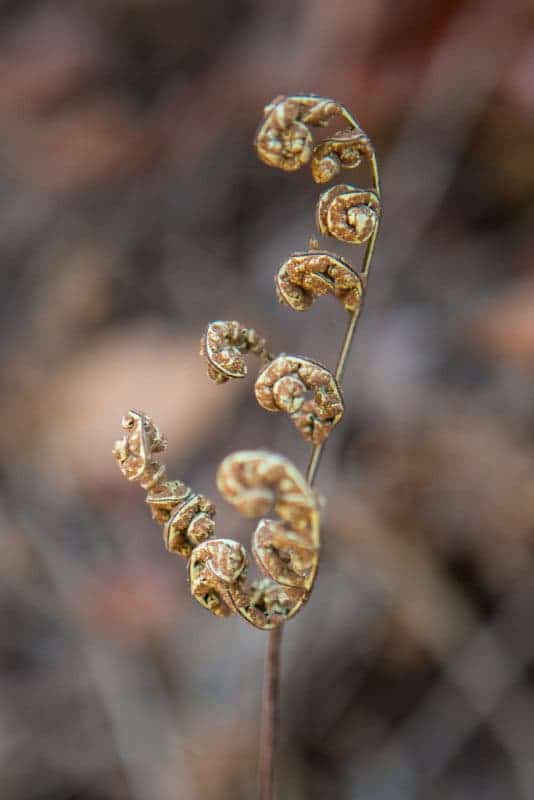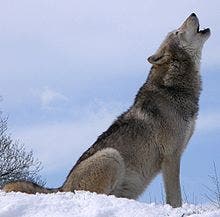The state of California is experiencing its most severe drought in more than a millennium, with devastating effects on the waterways of the west-coast state. A team from the University of California Davis has studied the effects this crippling lack of water has on local flora -focusing on it’s wildflowers- to find out how climate change may affect plant life worldwide in the coming decades. Their study, published in Proceedings of the National Academy of Science (PNAS), revealed that while the loss of wildflowers has a minimal impact at first, the effect could spread along the food chain, as the loss of this key food source of insects and pollinators will in turn hurt small animals. As the habitat changes, it also becomes more vulnerable to incursions from invasive species.

Image via: pbase.com/
“Globally, community diversity shows a mixture of increases and decreases over recent decades, and these changes have relatively seldom been linked to climatic trends” they write.
Plant diversity in any area naturally fluctuates with time for a variety of reasons, but researchers have been able to rule out a number of factors as the cause of decline in California’s wildflower populations, including problems pertaining to grazing, fires or invasive grasses.
The team looked at 15-years worth of data on California’s grasslands, and documented declining plant diversity from 2000 to 2014 at both the local community (5 m2) and landscape (27 km2) scales, across multiple functional groups and soil environments. They found a link between wildflower diversity decline and significant decreases in midwinter precipitation.
“Within native annual forbs, community composition changed toward lower representation of species with a trait indicating drought intolerance (high specific leaf area)” they add.
“Fifteen years of warmer and drier winters are creating a direct loss of native wildflowers in some of California’s grasslands,” said lead author Susan Harrison, a professor at the University of California Davis, in a press release. “Such diversity losses may foreshadow larger-scale extinctions, especially in regions that are becoming increasingly dry.”
The study also points out that similar loss of plant diversity is also occurring on European mountaintops, as the weather becomes dryer, and warns that if climate change continues unabated, the affected areas are only going to increase.





